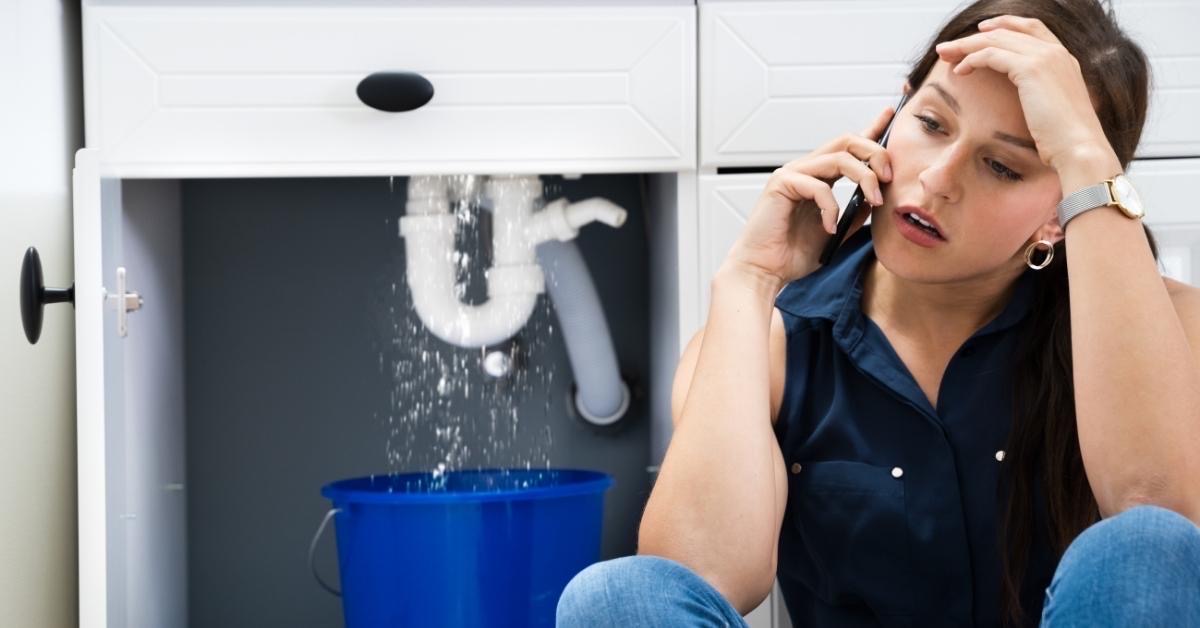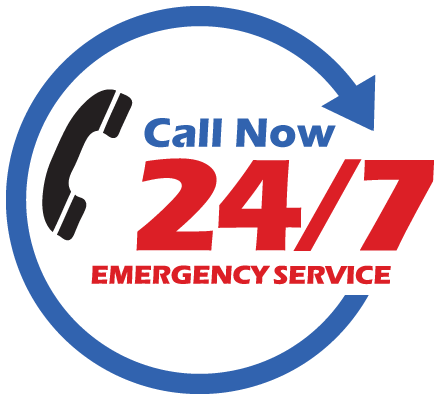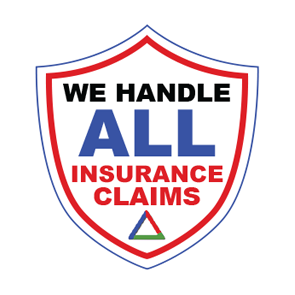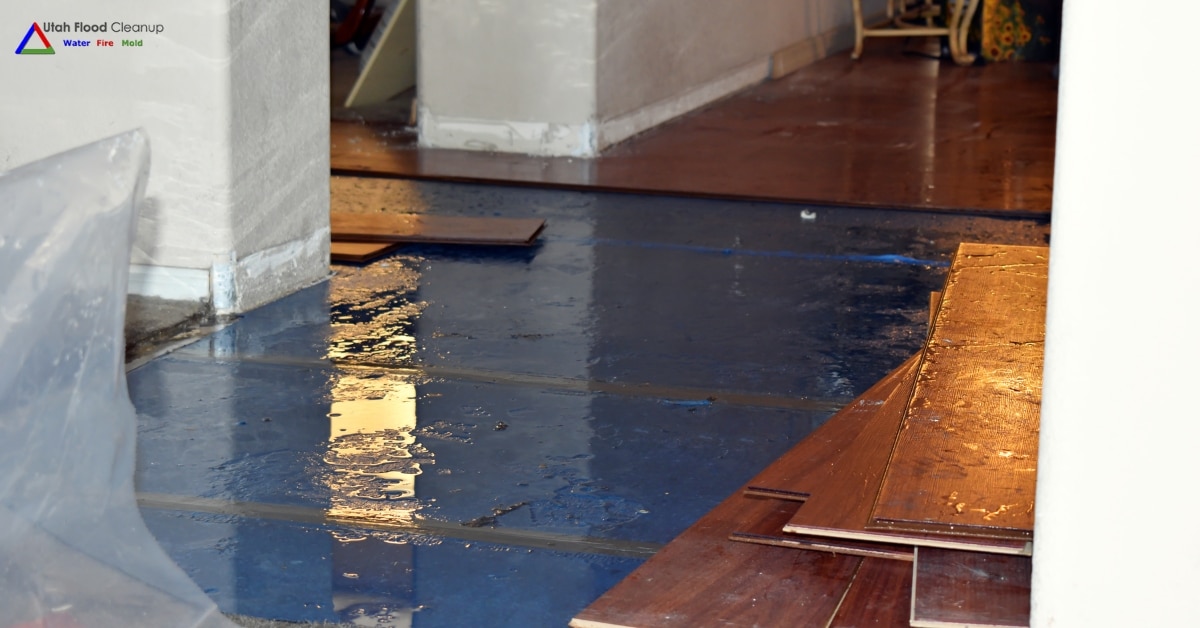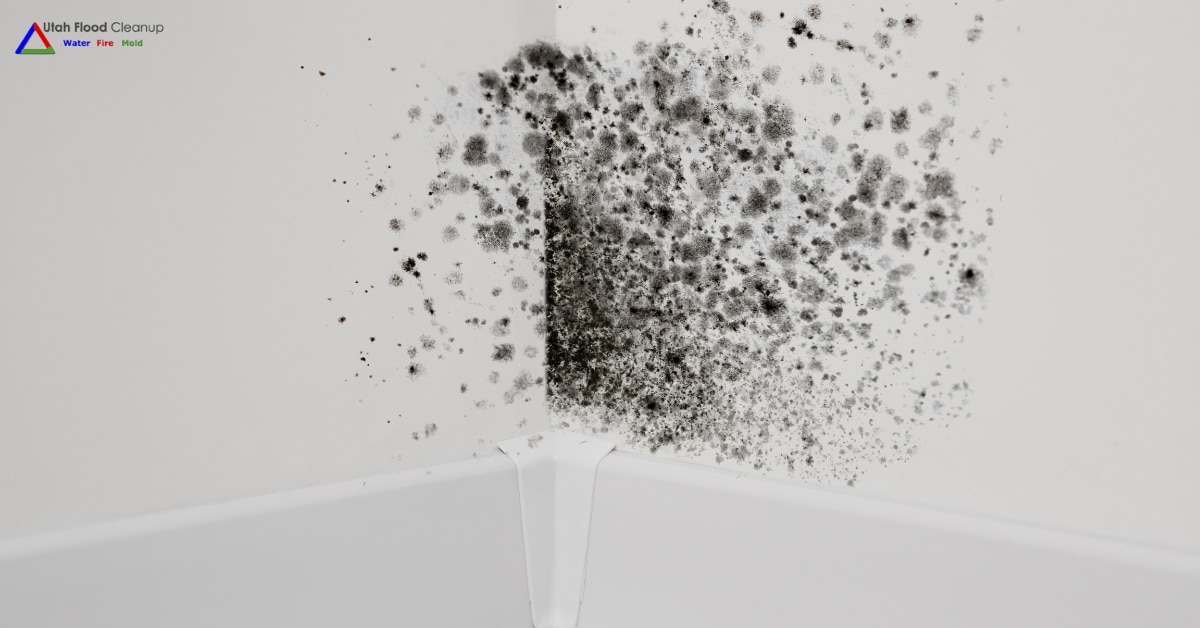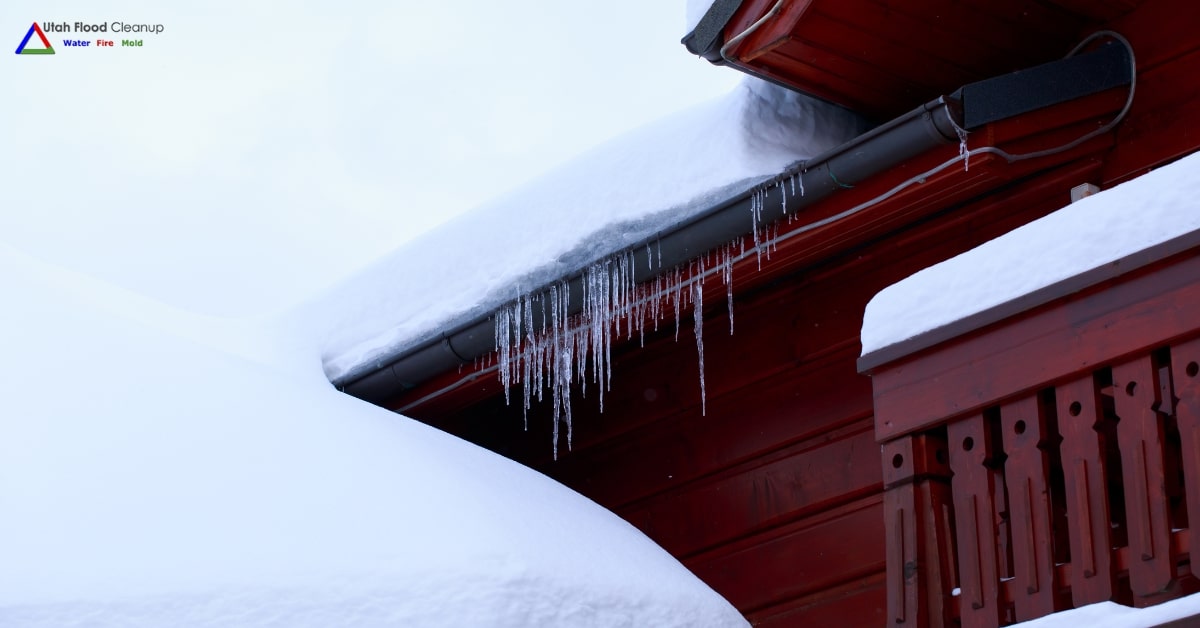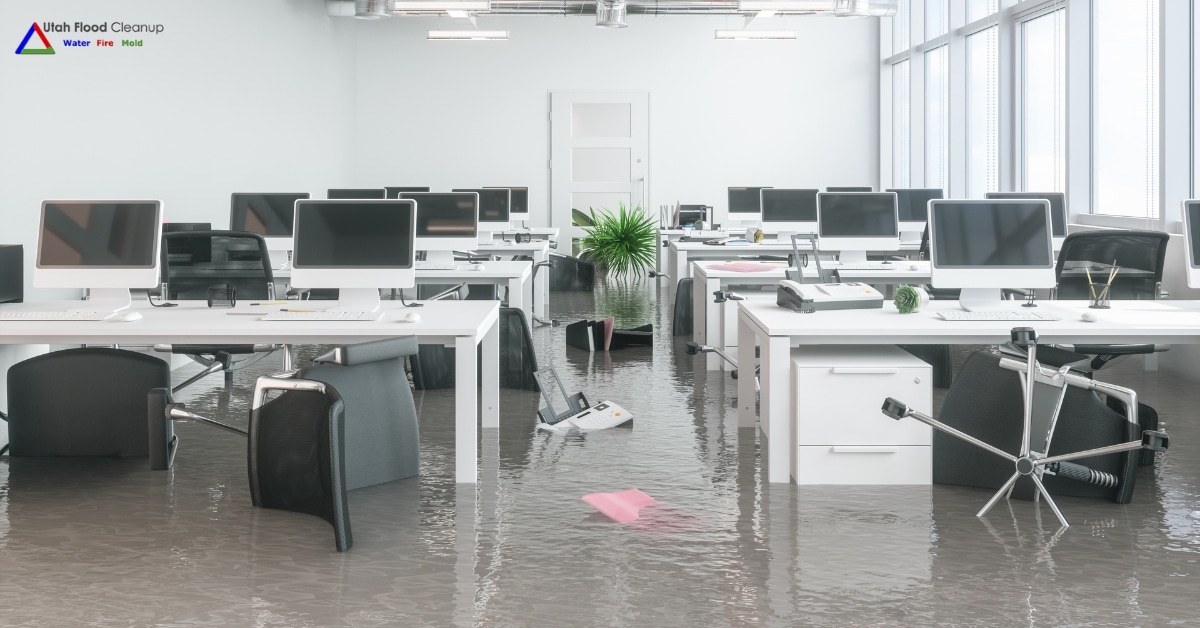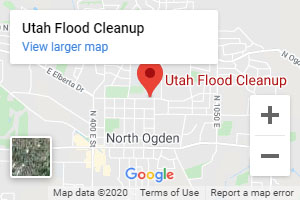If water leaking or damage occurs in your home, it is likely to be from a heavy rainstorm, a backed-up main sewer line, or another common weather event or public utility issue. But, there are many other ways water damage in a home can occur. Here, we will talk about some of the many sources of water damage in homes and where in your home to look out for those.
Need water damage repair? Call Utah Flood Cleanup for professional, quick service! We'll make sure you're safe and sound within 24 hours.
Common Causes of Water Damage Events
Kitchens, bathrooms, laundry rooms, and basements are the most common locations where homeowners need water damage repair in their homes. But, people often miss the early warning signs of water leaks and damage already in progress. These are just some of the most common causes and locations of leaks, plumbing line breaks, and other causes of water damage:
Kitchen Water Damage
in residential kitchens damage due to water is most often caused by dishwasher leaks. Remember to run your dishwasher only while you are at home and awake. That will give you a much greater likelihood of avoiding a disaster by noticing a growing leak or burst pipe and a chance of stopping a dishwasher from running the entire cycle while leaking. Faucet or pipe breaks are another source of major water flooding in homes, and refrigerator line leaks can cause slow, quiet damage and mold on floors, subflooring, and inside the walls.
Bathroom Water Damage
A bathroom is a conglomeration of pipes and valves, all contributing to the major leak potential of this room. Most homeowners have already experienced a bathroom pipe leak or an overflowing toilet due to a clog. Water from a leaking pipe can saturate deep into the subflooring, and if another room is below it, it is at risk of water damage. A toilet overflow can rapidly cause much worse damage.
Laundry Room Water Damage
Residential laundry rooms were moved from the basement to the first floor a few decades ago, and in this generation, they’ve moved up even higher to the second floor. That means that a leaking or overflowing washing machine can damage flooring, ceilings, lighting fixtures, and furniture on all the floors below it. Washer supply lines should be braided steel, and automatic shut-off valves should be installed.
Basement Water Damage
Many old water heaters have collected as much as a couple of decades of calcium buildup that can diminish their efficiency. They present an increased risk of leaking from the tank bottom or a broken pipe. Sump pumps also fail, causing water to begin pooling along the outer edges of the basement floor. Discharge pipe clogs on ejectors can cause a toilet backup and overflow.
Outside Water Damage
Garden hose faucets can be an obscure source of water damage to your home. Outdoor water faucets sometimes crack during winter, freezing, and thawing. The faucet can leak and continue causing damage for weeks or even months before the homeowner finally notices the breach when watering the garden or grass for the first time in the spring.
Other Common Sources of Water Leaking and Damage
Watch out for these various kinds of water leaks in your home. Know where your home’s water main shut off valve is located so you can shut down the water on your property if necessary while awaiting urgent help for one of these home flooding emergencies:
|
|
|
|
|
|
|
|
|
|
|
|
|
|
|
|
|
|
|
Watching Out for Water Damage and Mold
There are lots of potential sources and causes of mold growth and other water damage in a home. Because bathrooms and kitchens are the most expensive rooms in most homes, water leaks or damage left unattended for too long can cause homeowners to face much higher repair and restoration costs.
If your water bill is higher than normal, that might indicate a leak. Inspect your home’s interior and exterior routinely. If you find water damage or leaking signs, call Utah Flood Cleanup for residential water damage restoration as needed. The sooner you take action, the less likely you will be to contend with mold and/or more costly repairs.
Utah Flood Cleanup for Water Damage
We’re here if your home needs cleanup and water damage restoration services due to a dishwasher leak, sewage backup, pipe break, or any other home flooding emergency.
Call us at Utah Flood Cleanup at (801) 416-2666, or contact us here on our website anytime for information about our services or emergency water or sewage cleanup.
